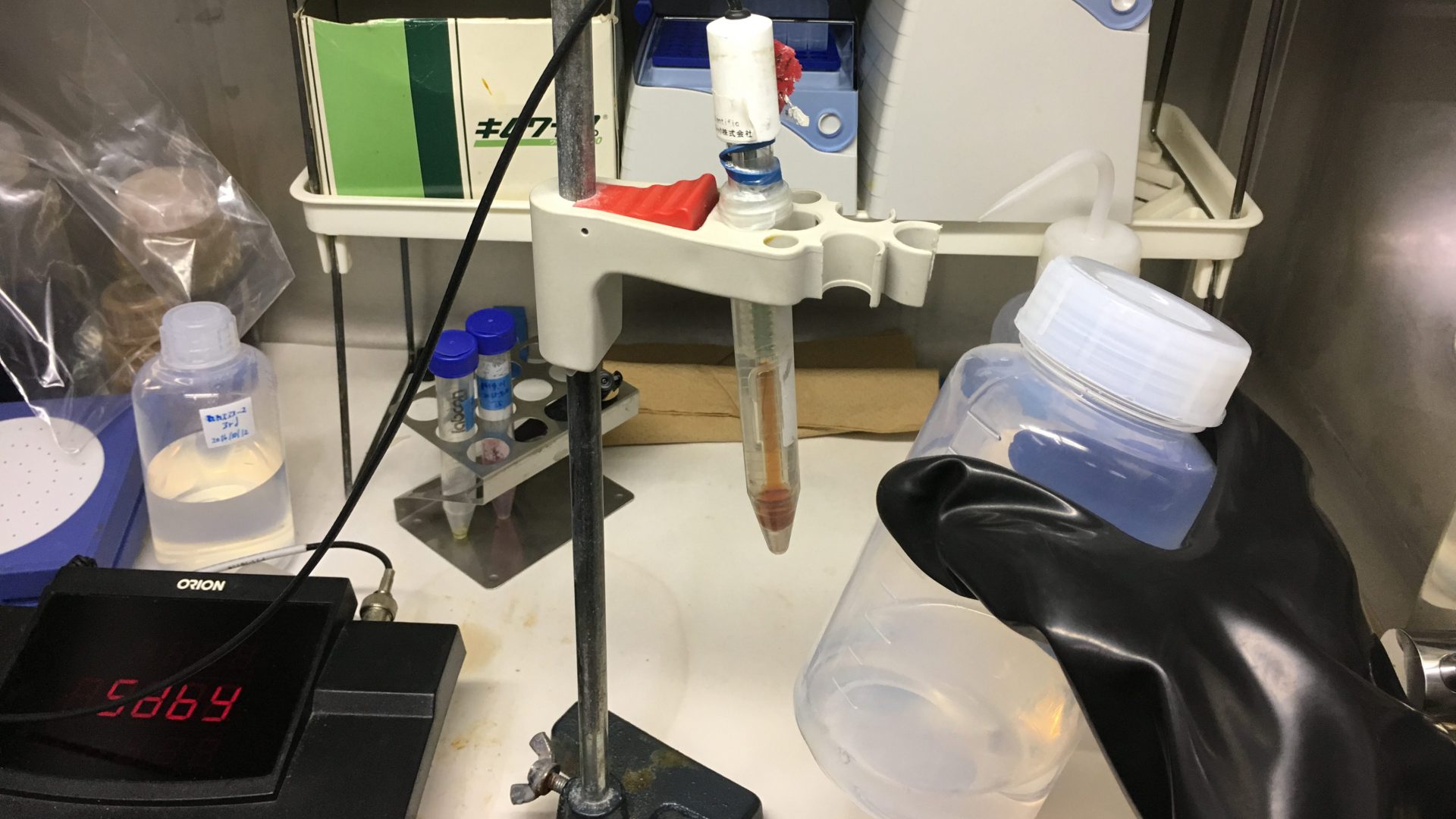Modeling the interaction of metal ions with mineral surfaces and natural organic matters
In order to estimate to understand environmental behaviors of radionuclides and toxic metal ions, we need to construct and extrapolate reaction models, which can describe changes of their speciation, from the results of detailed reaction studies and molecular-scale structural information. Such mechanistic models could help us to improve reliability of safety assessment of nuclear disposal and to develop efficient decontamination strategies. In our group, we are pursuing model development of sorption/binding interactions of metal ions and mineral surfaces or metal ions and natural organic matters. Possible effects of the interaction between mineral surfaces and natural organic matters on metal uptake are also of our great interests. Identifying adsorption structures by X-ray absorption spectroscopy and density function theory simulation X-ray absorption spectroscopy, especially extended X-ray absorption fine structure (EXAFS) analysis, is a power analytical tool, which can be applicable for structural determination around a central metal ion in amorphous samples and sorption or solution samples that lack long-range orders. The applicability of EXAFS can be further imporved, if it is combined with molecular-scale simulations such as density functional theory calculation. In this research we’ve identified possible adsorption structures of hexavalent uranium (uranyl, UO22+) on gibbsite (α-Al(OH)3) surface, which is a representative Al-containing mineral and a model for edge sites of alumino-silicate clay minerals. Hattori, T.*, Saito, T., Ishida, K., Scheinost, A. C., Tsuneda, T., Nagasaki, […]
